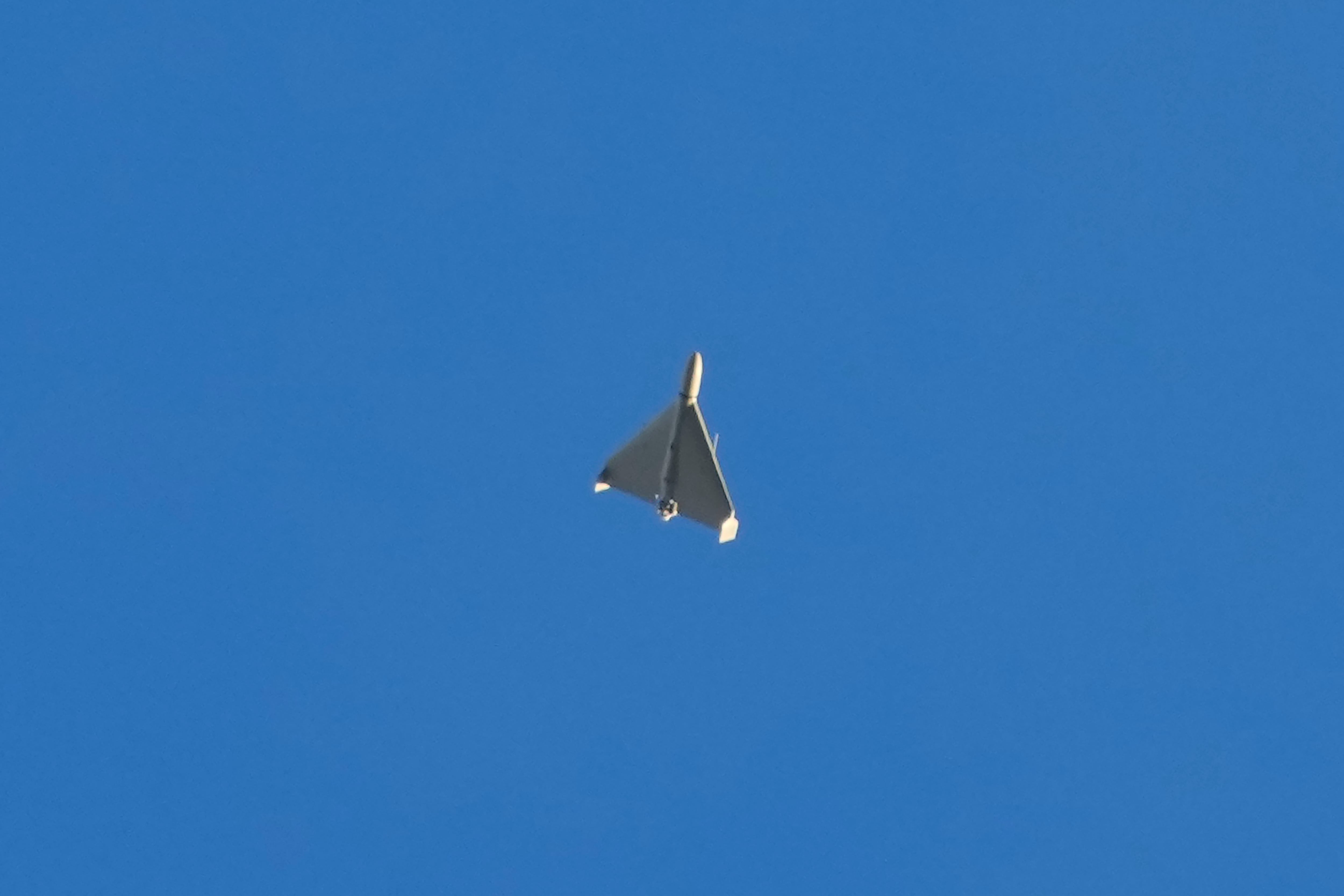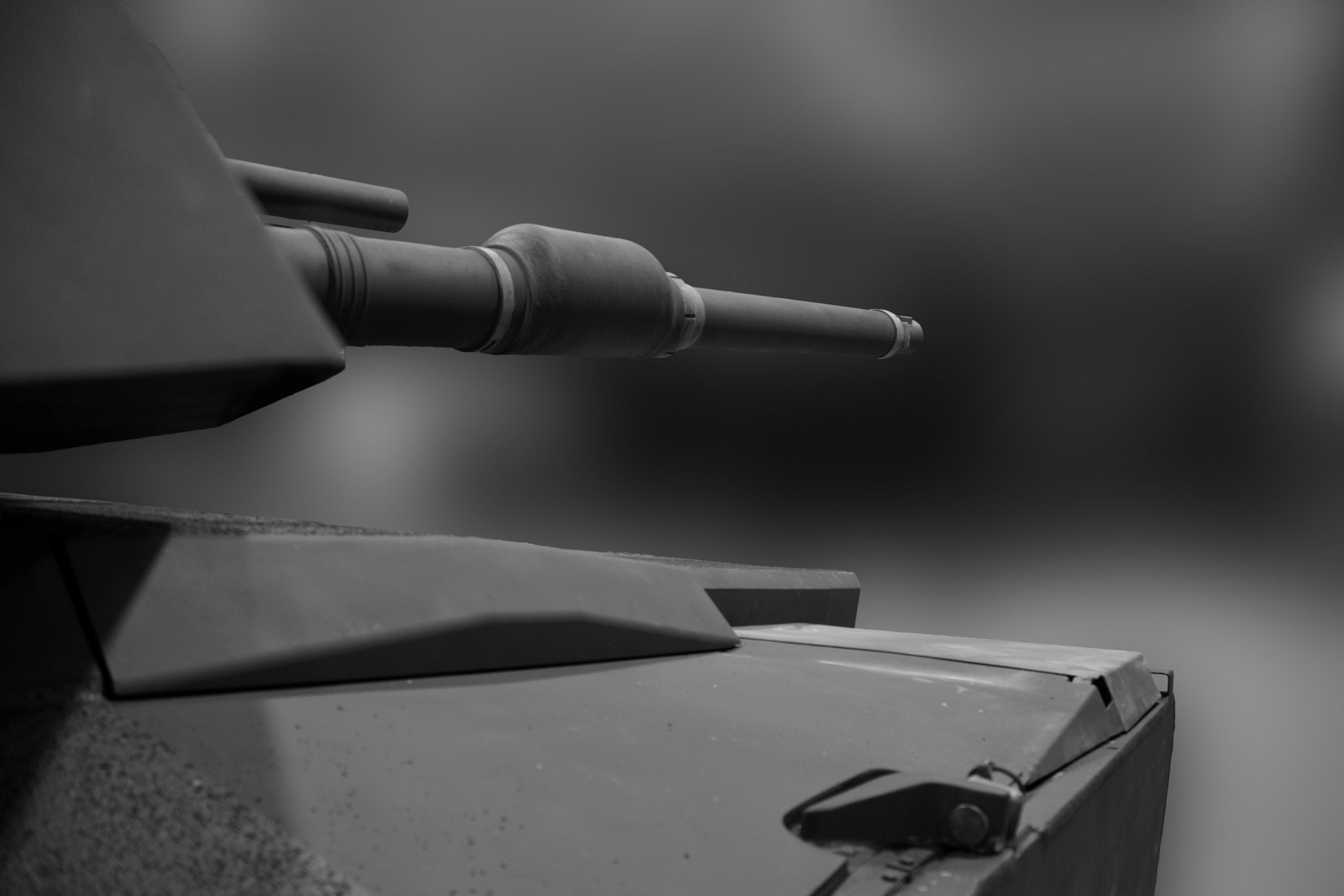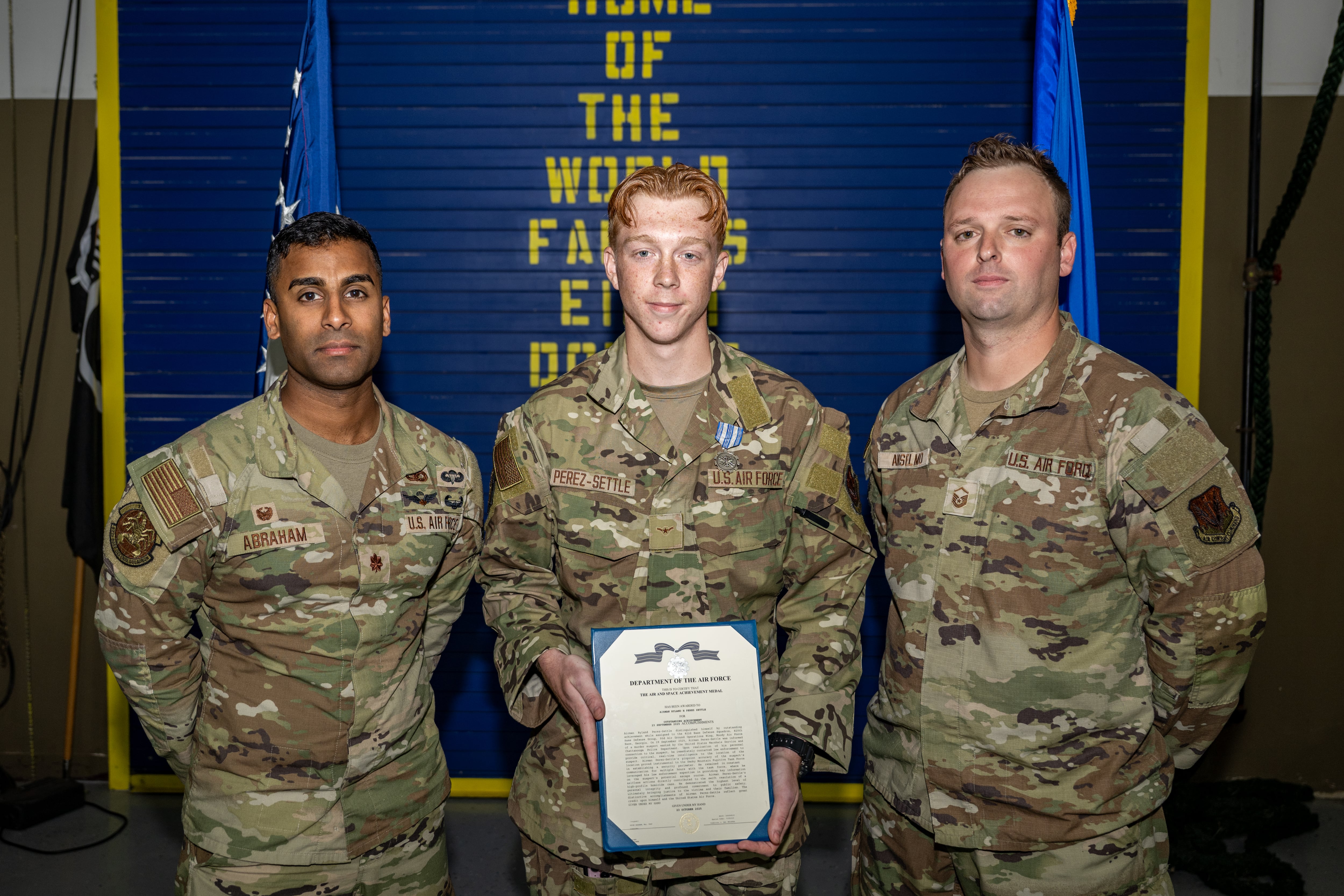MYKOLAIV/KHERSON FRONTLINE — It’s now been over eight months of full-scale warfare since the Russian invasion of Ukraine.
But while the war continues, the features of the battlefield have changed significantly — both in the systems employed, and the tactics used to counter them.
Ukraine’s military, which began the war with largely Soviet-era equipment, has transitioned into an ever-more Western-armed and -trained force. By contrast, much of Russia’s best equipment — and its most professional troops — have been destroyed or killed in months of relentless combat, leading Moscow to draw on older stocks as the Russian force regresses.
Few people, or units, know this better than Ukraine’s 59th Motorized Brigade. Stationed in Kherson oblast at the start of the war, the 59th was subjected to the full force of one of Russia’s best-prepared strike groups, an armored thrust northwards from occupied Crimea. But while they were forced to cede Kherson City in early March, the 59th held back Russia’s spearheads from seizing Mykolaiv, the next city along the coast towards Odesa. Now, after seven months of largely static warfare, the changing balance of power sees the 59th poised to play a major role in the upcoming battle to liberate Kherson.
The soldiers of the 59th are bullish on their prospects of beating the Russians back at Kherson City. They talk dismissively of the battlefield effectiveness of the Iranian drones that have made headlines in recent weeks — weapons well-suited to harassing civilian infrastructure but less effective against prepared military units. Consistent degradation of Russian logistics and supply lines has hampered the enemy’s ability to effectively contest the battlefield. Russian leaders’ desperate moves to staff their front line with unwilling conscripts, their focus on looting Kherson of anything moveable, and even their use of air defense systems to attack ground targets, all buoy the 59th’s morale. They smell blood in the water.
On a sunny day in late October, one platoon from the brigade was catching some sleep during a break in the action a few kilometers back from the frontline. The soldiers and officers present shared with Military Times their impressions of how the war has changed — for them, often for the better — over the past few months.
One of the hot topics in recent weeks has been Russia’s heavy deployment of Iranian-made Shahed 136 loitering munitions. Carrying a warhead of up to 50 kilograms and with a range of 1,500 kilometers, these ‘kamikaze drones’ have been employed across Ukraine, in particular to strike heating and power infrastructure in Kyiv and other cities. While they have been used on the battlefield as well, soldiers say they have not been particularly effective militarily.

“Iranian drones are attacking Mykolaiv constantly,” says Vadym, a senior lieutenant in the 59th. “They’re active over the entire region, but most of them are shot down. They are only really useful against civilian targets, when they can slip past air defense,” he says.
One of the difficulties drones present to many air defense systems is a small radio and heat signature, which can make it difficult to achieve lock-on. With advance warning of an approaching drone, however, this can be mitigated — and there are other tools that work even better.
“It’s difficult to hit [a Shahed] with any system that works by heat lock, such as a Stinger [MANPAD], unless you have extra time to track it,” Vadym says. “But our foreign partners have provided us with some very effective systems. The German Gepards [self-propelled anti-aircraft guns] are very good against them. They see the [drone] and can easily shoot it down. Even machine guns can down [Shaheds] quite easily if they are not flying too high — they are quite large and slow,” he explains.
Other troops agree with Vadym’s estimation.
“These drones [Shaheds] are not a problem at all,” says Zhenya, a sergeant major. “If you have warning and anti-aircraft weapons, you can down them quite easily. That’s why [Russia] uses them against cities — they are not useful on the battlefield,” he says.

The use of these systems speaks to the difficulties Moscow is facing in maintaining a steady level of long-range strikes eight months into the war. As its stocks of precision-guided munitions deplete, Russia has turned to other methods, some not designed for the task: soldiers say that S-300 missiles, originally designed for air defense, are now one of the primary weapons used to strike Mykolaiv. Despite their poor accuracy when used against ground targets, the missiles are still fired at the city regularly at night.
Ukraine’s efforts to degrade Russian logistics and supply routes in Kherson are also paying dividends.
“American HIMARs [precision rocket artillery] have been incredibly useful for us. Once we started hitting the bridges, the intensity of the [Russian] shelling decreased a lot,” says Vadym, describing the Ukrainian shelling of the Antonovsky and Nova Kakhovka bridges, the only two connections between Kherson and the rest of Russian-held southern Ukraine. “We destroyed a lot of their artillery and ammunition warehouses as well. Before, [the Russians] used to shell everything, just firing as much as they wanted at any targets. Now, they are forced to economize,” Vadym says.
American-provided long-range artillery systems have been crucial to shifting the tide here as well. Vadym specifically names the M109 Paladin self-propelled howitzer and the M777, whose guided Excalibur shells can hit targets up to 40 kilometers away with high accuracy.
“Before we had the M777, we couldn’t reach their [artillery] systems, but now we can,” he says.
Finally, it is not just Russian equipment that has been depleted. Much of Moscow’s professional infantry corps, many of whom were transferred from eastern Ukraine to Kherson over the summer in anticipation of an impending Ukrainian assault, has been put out of action. With competent manpower consistently lacking and contract servicemen, many of whom have been fighting without a break since Feb. 24, increasingly dwindling, Russia has thrown in a new stopgap to bolster the lines: conscripts.
The men of the 59th are unimpressed by what they have seen.
”We’ve already gone up against their mobilized men here,” says Mikhail, another senior lieutenant at a post closer to the front. “They are nearly useless. Many of them can hardly hold a gun, let alone a position. We have killed their professional soldiers, and now [Russia] is hoping to slow us down with bodies,” he says.
As the situation shifts in Ukraine’s favor, the soldiers want for only one thing: extra artillery and tanks to crack Russia’s defenses and exploit breakthroughs in the inevitable assault on Kherson.
“We have almost everything we need,” Vadym says. “We just need a bit more artillery, to fight against their guns, and especially tanks — maybe the most important element in an attack. There will be positive developments here [in Kherson] very soon.”
Editor’s note: This story was updated after publication to remove references to the Ukrainian unit’s location that could potentially put them at risk.
Neil Hauer is a freelance reporter covering the war in Ukraine and the Caucasus at large. You can follow him on Twitter at @NeilPHauer.





